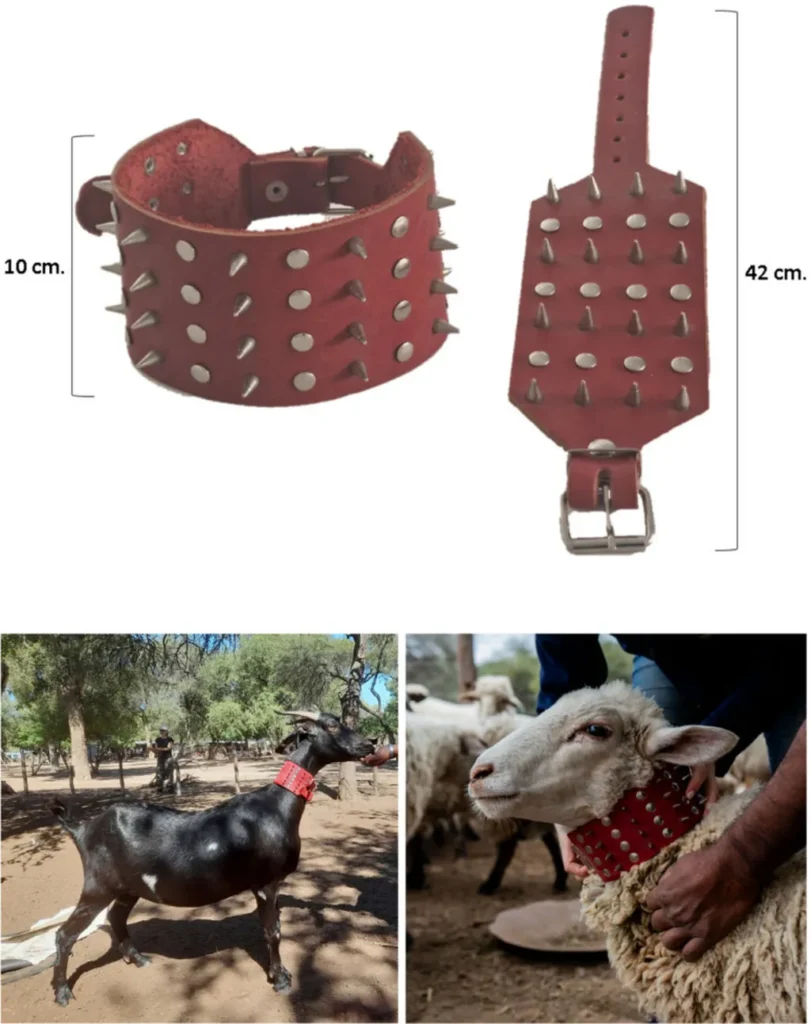In the vast and diverse landscapes of Argentina, a delicate dance between humans and pumas (Puma concolor) is playing out, with significant implications for agriculture and conservation. A recent study published in *Global Ecology and Conservation* sheds light on the spatial patterns of human-puma interactions, offering insights that could shape future coexistence strategies.
The research, led by Christina Himmelsbach of the Institute of Geographical Sciences at Freie Universität Berlin, analyzed 90 interaction locations—51 instances of livestock depredation and 39 hunting incidents—reported between 2017 and 2022. By mapping these interactions against social-ecological variables, the study reveals a complex web of factors influencing these encounters.
“Understanding the spatial patterns of human-puma interactions is crucial for developing targeted policies that promote sustainable coexistence,” Himmelsbach explains. The study found that livestock depredation was more likely in areas with lower cattle density, higher human population density, and increased agricultural activity. Conversely, hunting incidents were linked to regions with a higher number of settlements and greater small-livestock density.
These findings highlight the need for region-specific strategies to mitigate conflicts. For instance, areas dominated by large-scale agricultural plains and low-diversity grassy rangelands—where most interactions occur—could benefit from tailored interventions. “By identifying these hotspots, we can better allocate resources and implement measures that protect both livestock and pumas,” Himmelsbach notes.
The commercial impact on the agriculture sector is significant. Livestock depredation not only results in direct financial losses but also undermines the livelihoods of farmers and ranchers. The study’s insights could inform the development of more effective predator-proofing measures, such as improved fencing and livestock guarding techniques, which are essential for reducing economic losses.
Moreover, the research underscores the importance of integrating social and ecological factors into conservation strategies. By recognizing the role of human settlement patterns and agricultural practices, policymakers can design interventions that are both ecologically sound and socially acceptable.
As the world grapples with the challenges of coexistence between humans and wildlife, this study offers a valuable framework for understanding and managing human-puma interactions. By leveraging these insights, Argentina and other regions with similar landscapes can pave the way for a future where agriculture and conservation coexist harmoniously.
The research, published in *Global Ecology and Conservation* and led by Christina Himmelsbach of the Institute of Geographical Sciences at Freie Universität Berlin, provides a crucial step toward achieving this balance.

